Dr. Geraldine Richmond, dove right into the state’s distinctive qualities as she visited rural communities in northern Alaska before DOE’s inaugural ArcticX event on May 23. She gained valuable insight into remote Alaskan ingenuity and collaboration.
June 16, 2022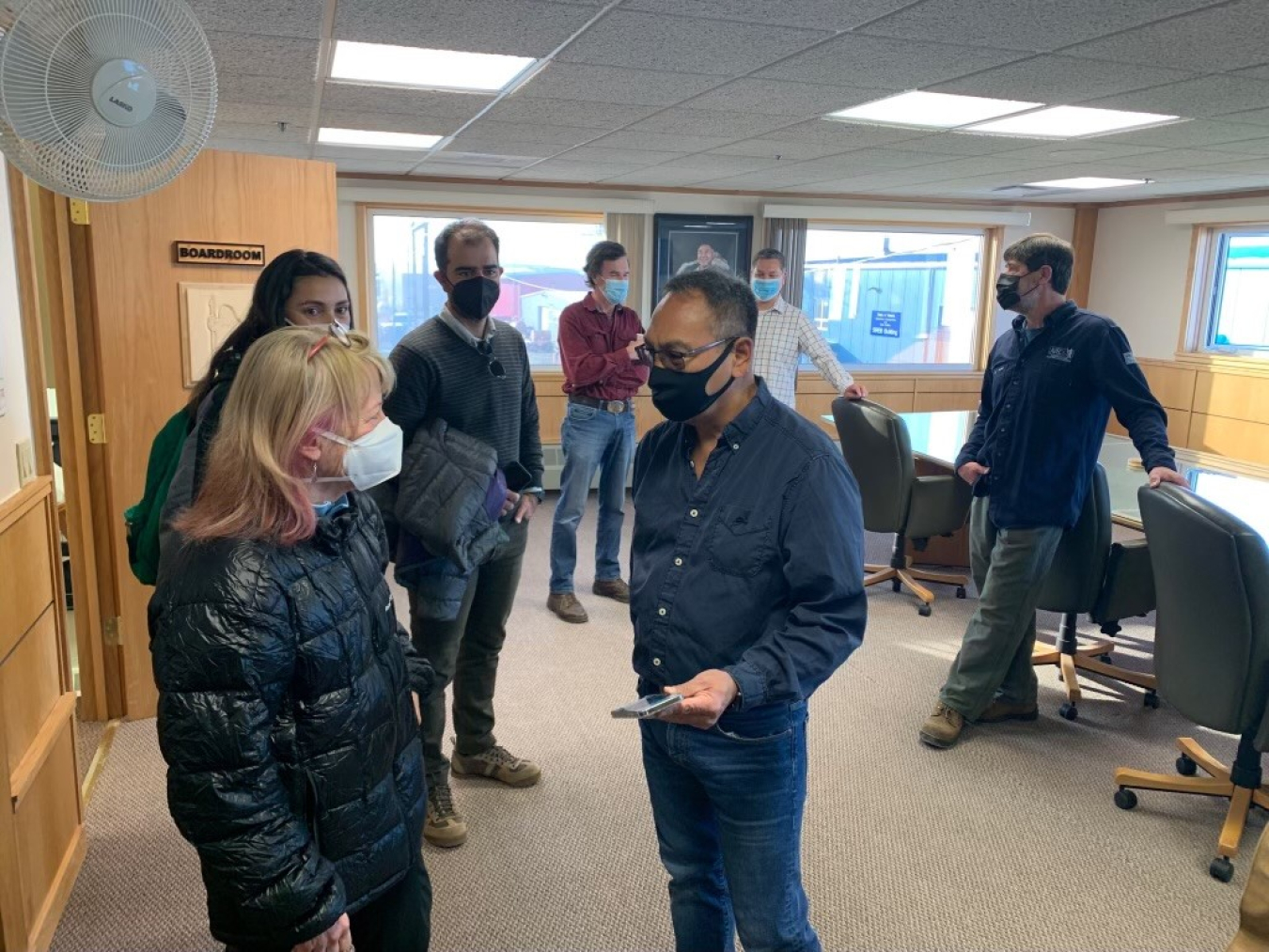
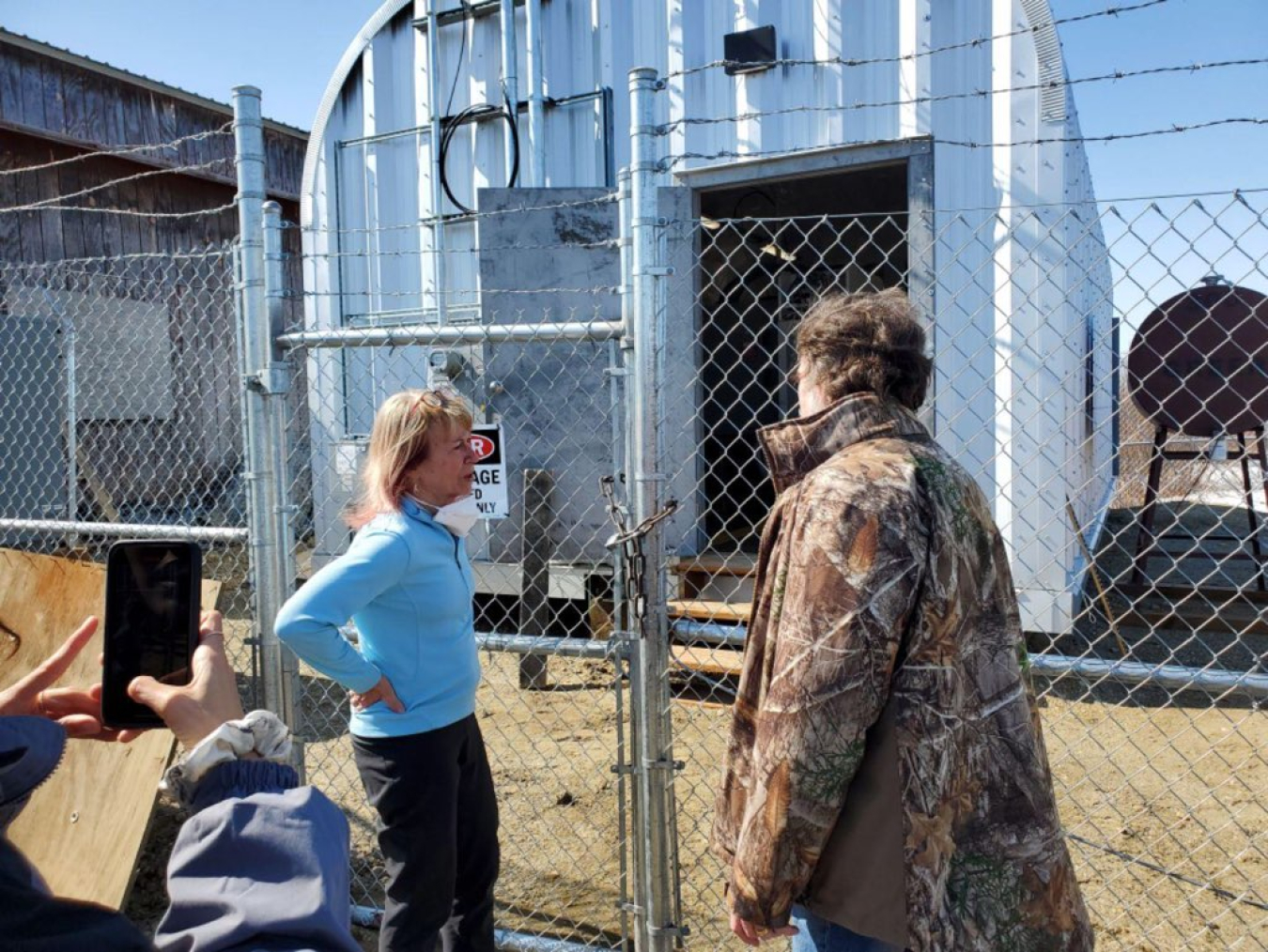
The Arctic Energy Office was proud to welcome DOE’s Under Secretary for Science and Innovation, Dr. Geraldine Richmond, to Alaska before DOE’s inaugural ArcticX event on May 23. Dr. Richmond ventured beyond Anchorage to visit rural communities in the northern part of the state.
Her travels took her to two hub communities—Kotzebue and Utqiagvik—that support the economic and cultural life of surrounding smaller communities. She met with state and federal officials, along with regional government and tribal leaders, to listen to their concerns about high diesel and heating oil prices.
Dr. Richmond also visited two small Alaska Native villages, Shungnak and Noatak, to learn from tribal councils about their energy work. In Shungnak, she saw the culmination of a decade’s worth of work by the NANA Corporation and the Northwest Arctic Borough to commission a community solar project this year. Dr. Richmond said, “It was powerful to see this community experience the peace and quiet of power generation from solar and energy storage from batteries—after they described many years of noisy diesel engines running near-continuously.”
This accomplishment came about through methodic, systematic approaches to energy planning and project deployment enabled in part by a recently completed five-year regional capacity building program that DOE funded. Innovation and flexibility were key in developing these projects above the Arctic Circle as the technology and strategy had yet to be proven this far north in the United States. Structural arrangements for such a partnership between the local community in Shungnak and the incumbent Alaska Village Electric Cooperative (AVEC) utility did not exist when the initial planning effort started.
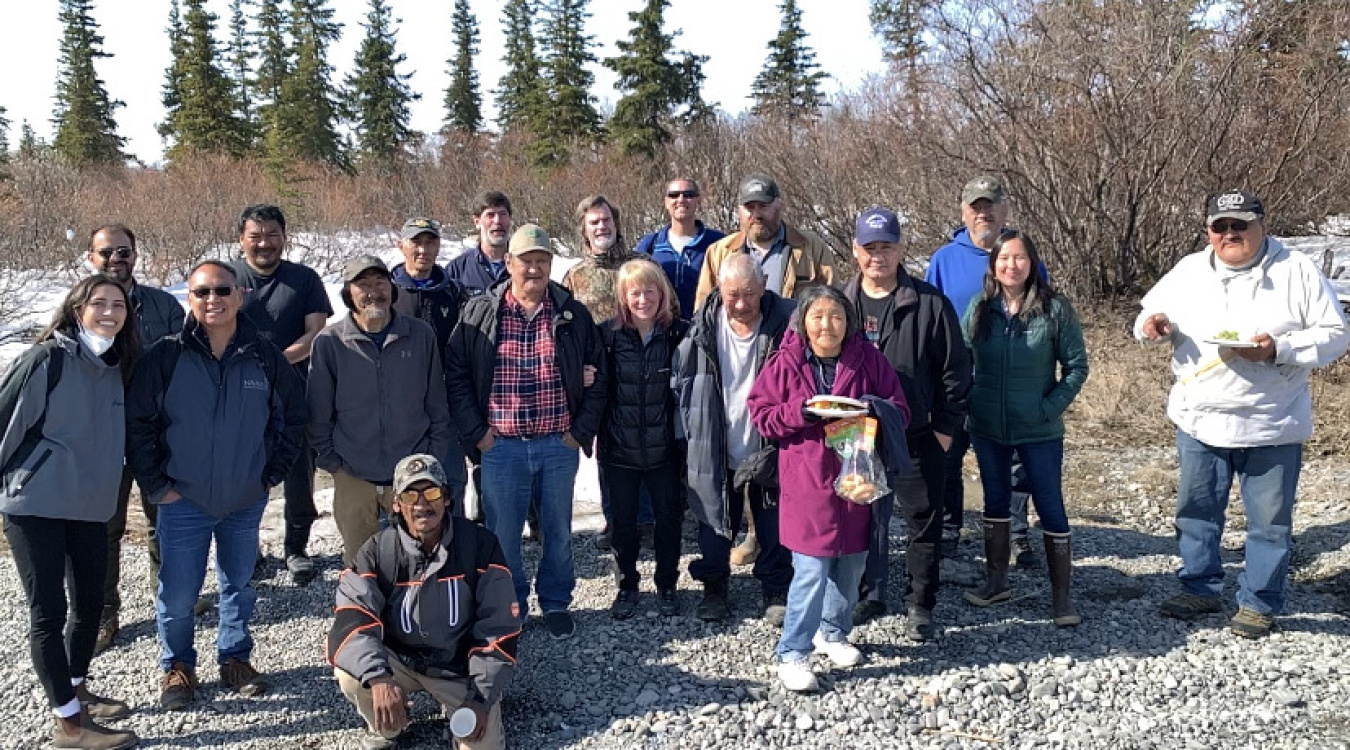
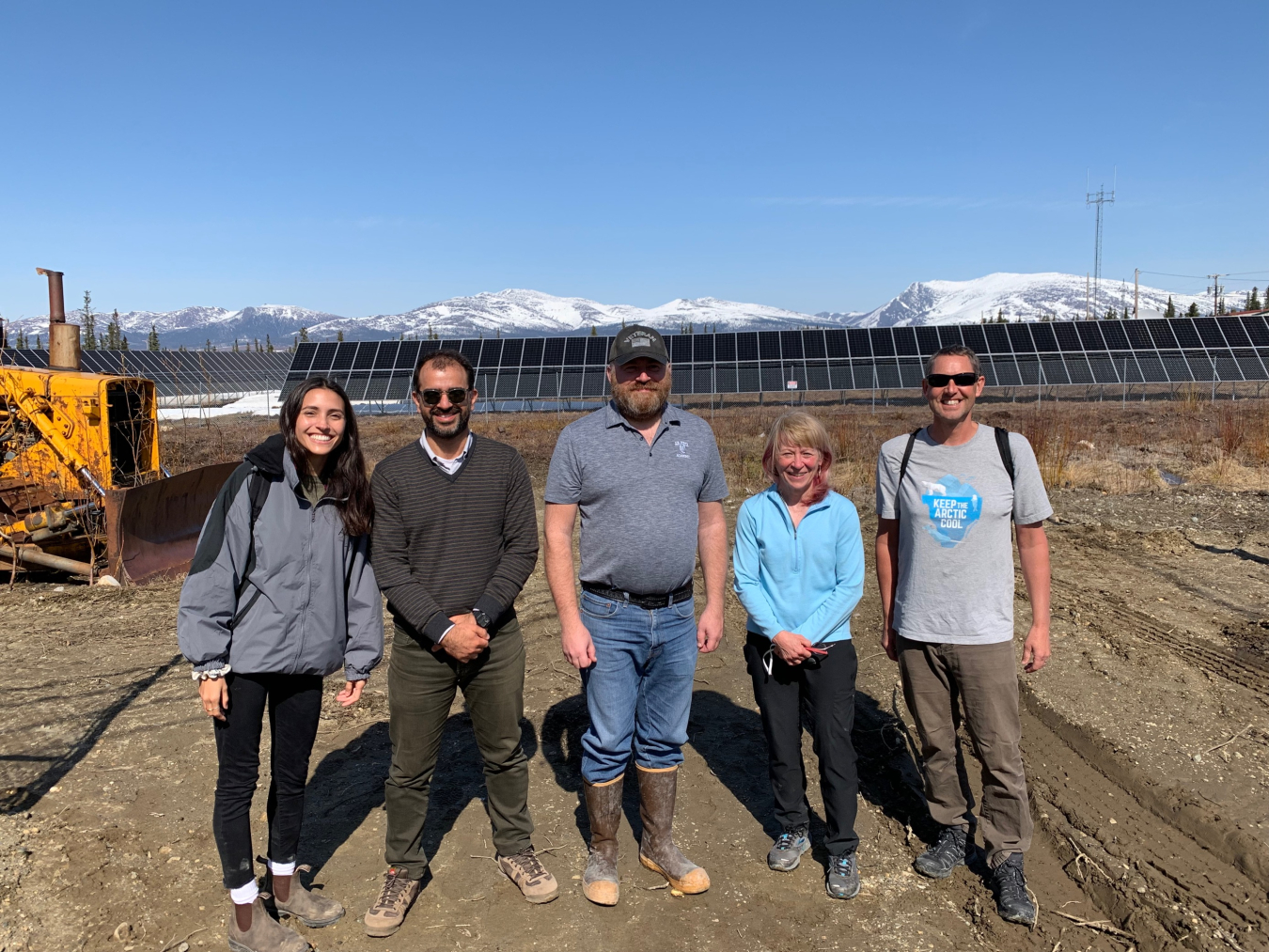
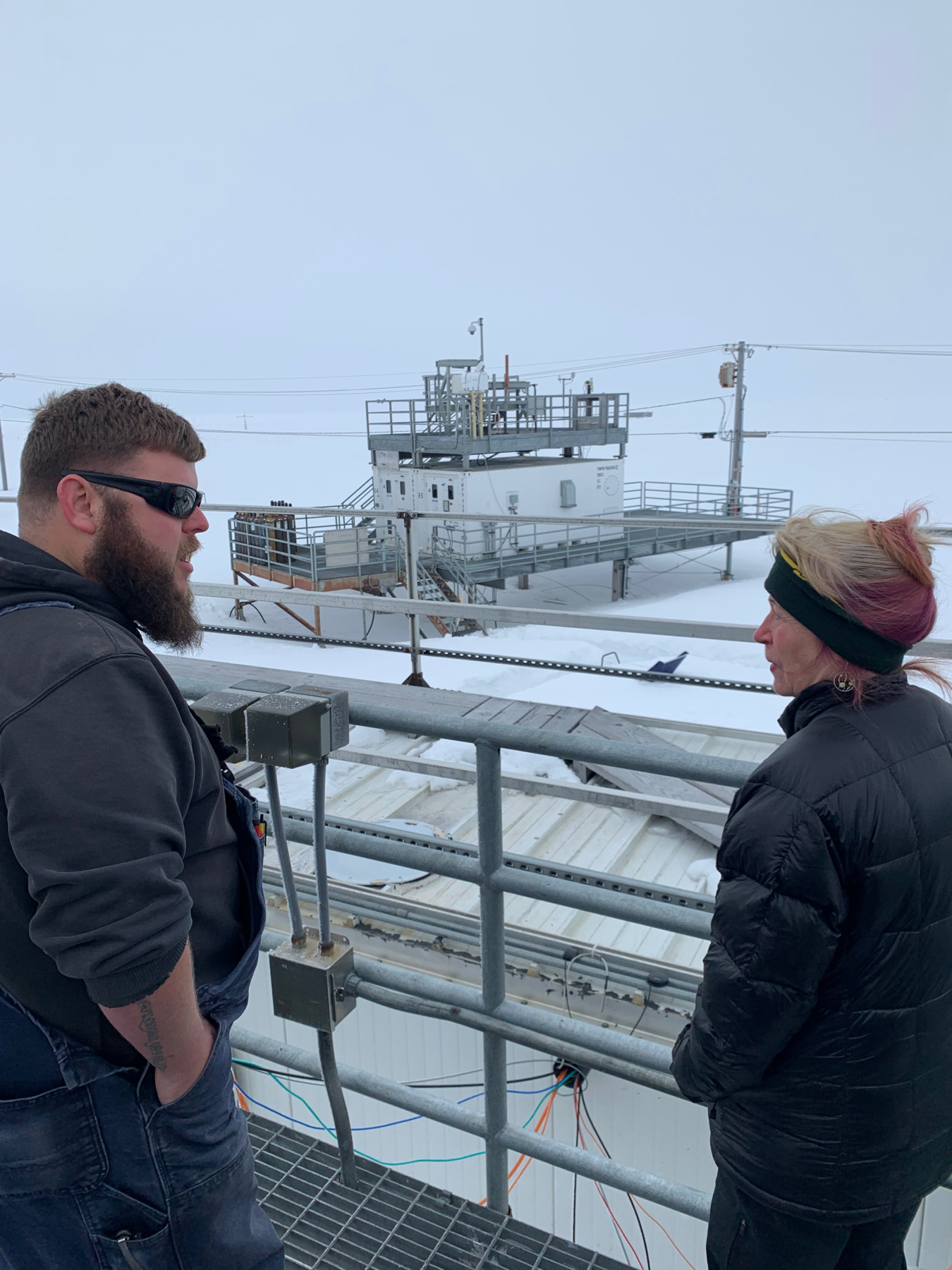
Over years of dialogue and flexibility among all parties, the Shungnak community developed a win-win solution where solar power and batteries serve as the foundation for independent power production. The community now sells its renewable energy generation to AVEC, allowing the utility to expand its non-fossil energy fuel while providing much-needed economic activity for the small community and tribal council. The regional energy leaders seek to replicate this successful model in the neighboring community of Noatak over the next eighteen months. This will be a critical step to address the challenges of high fuel costs ($17/gal for heating oil) that this fly-in only community faces.
While in northern Alaska, Dr. Richmond also witnessed the extensive scientific research that DOE supports through several DOE national laboratories on the North Slope at the Atmospheric Radiation Monitoring Facility in Utqiaġvik. Sandia National Labs and Oak Ridge National Lab staff described the DOE atmospheric and terrestrial research that is helping to the scientific community better understand ecosystem responses driven by climate change.
Ukpeaġvik Iñupiat Corporation (UIC) is a local Alaska Native Village Corporation that provides on-the-ground support to the federal research of clouds, precipitation patterns, and ice data to better understand changes in climate. DOE is well integrated in the wide array of federal projects in the area, including significant work that the National Science Foundation, the National Oceanic and Atmospheric Administration, the Office of Naval Research, the National Aeronautics and Space Agency, and the North Pacific Research Board all support. Undersecretary Richmond met with UIC leadership at the Barrow Arctic Research Center, a modern, state-of-the-art Arctic Research Facility, which UIC Science owns and operates and that DOE researchers use. On the way, she saw the stunning beauty of the Western Brooks Range and the National Petroleum Reserve-Alaska.
DOE is funding these and other success stories across Alaska. The Arctic Energy Office is grateful that the Under Secretary could see what happens on the ground when the right resources are combined with local ingenuity to yield truly impactful partnerships.
Givey Kochanowski
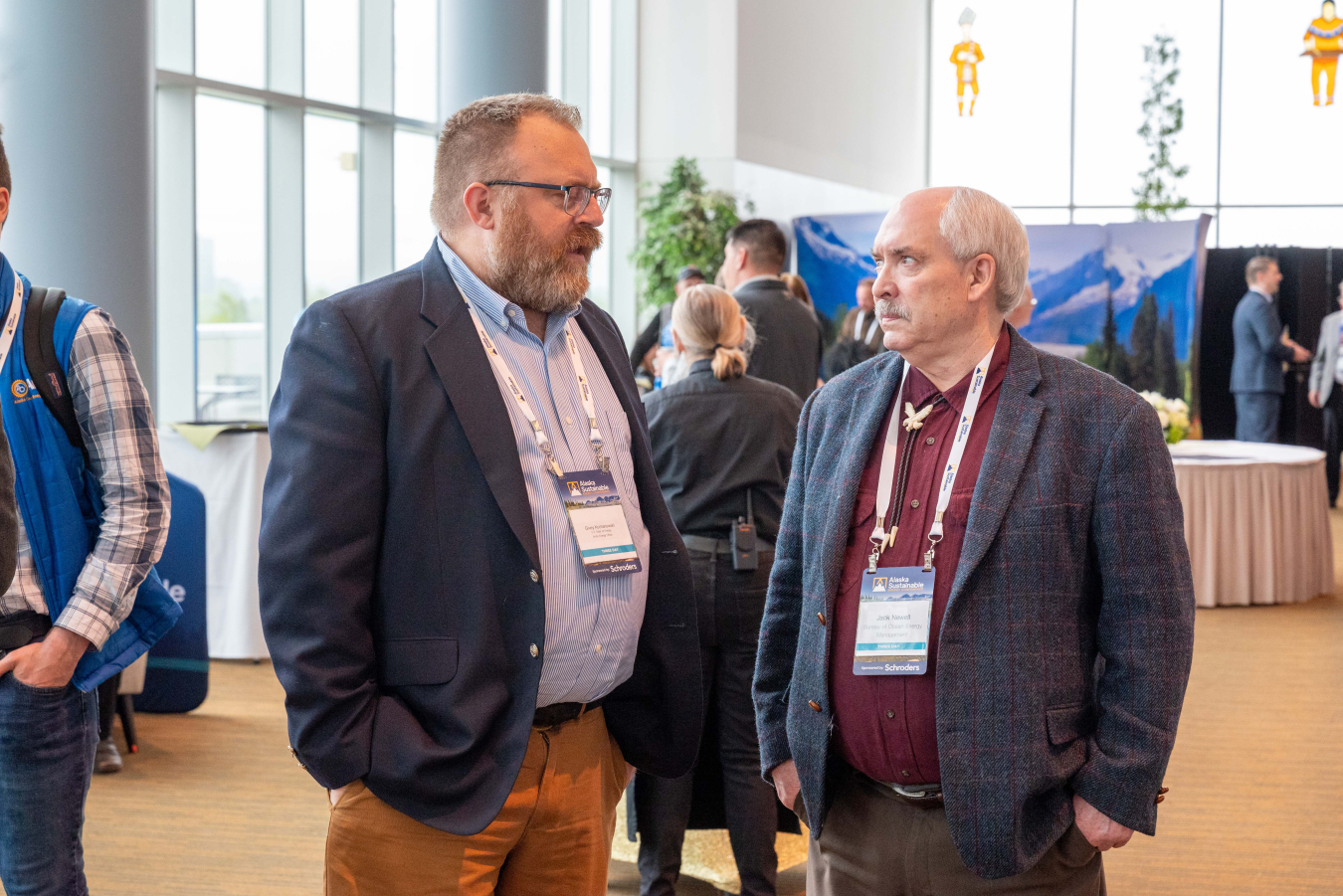
Givey Kochanowski was a senior advisor on Alaska for the Arctic Energy Office, as a detailee from DOE’s Office of Indian Energy Policy and Programs until October 2023.
Before joining the Arctic Energy Office, Givey served eight years in DOE’s Office of Indian Energy Policy and Programs as both the Alaska Program Manager and Senior Advisor. He re-established DOE’s physical presence in Alaska and was the first career employee hired in that office. He delivered technical assistance, capacity building, energy education, and outreach to Alaskan tribal entities to reduce energy costs and improve economic development.
He has an extensive military and international affairs background from his tenure as a Customer Service Director at the U.S. General Services Administration in Alaska and overseas. He also brings Alaskan logistics expertise from his position as the U.S. Forest Service’s Alaska Regional Fleet Manager and as an active duty Air Force commissioned officer.
He is a 2001 U.S. Air Force Academy graduate with assignments at Eglin AFB in Florida, Kunsan Air Base in the Republic of Korea, and Elmendorf AFB in Alaska. He earned his Master of Arts in International Relations from the University of Oklahoma.
Keep In Touch
Drop us a note any time at ArcticEnergy@hq.doe.gov and keep in touch with our work through our social media channels (Facebook, LinkedIn, and Twitter) or our newsletter.


